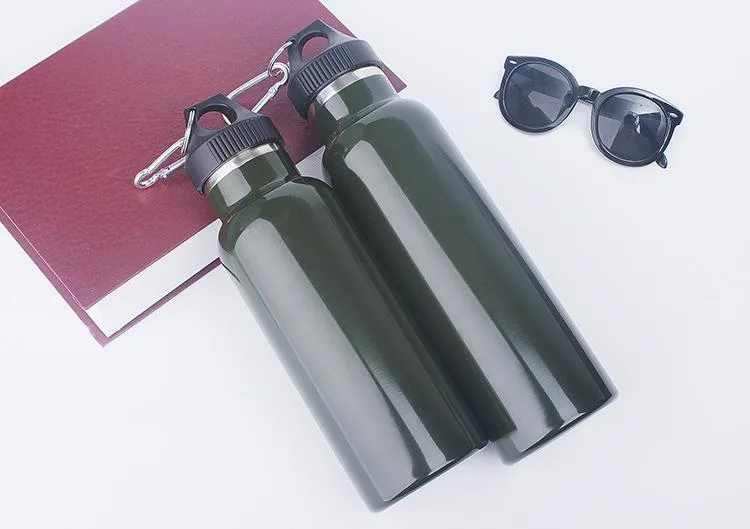진공병의 단열 원리
현대의 보온병은 1892년 영국의 물리학자 제임스 듀발 경이 발명했습니다. 당시 그는 가스 액화에 대한 연구를 진행하고 있었습니다. 낮은 온도에서 가스를 액화시키기 위해 그는 먼저 가스를 외부 온도로부터 절연할 수 있는 용기를 설계해야 했습니다. 그래서 그는 유리 기술자인 베르크에게 이중층 유리 용기를 불어 달라고 부탁했습니다. 두 층의 내벽은 수은으로 코팅한 다음 두 층 사이의 공기를 펌핑하여 진공을 형성했습니다. 진공 병은 차갑든 더운지 여부에 관계없이 일정 시간 동안 그 안의 액체 온도를 일정하게 유지할 수 있습니다.
보온병은 주로 가정에서 뜨거운 물 보온에 사용되기 때문에 뜨거운 물병이라고도 합니다. 보온병의 구조는 복잡하지 않습니다. 가운데에 이중 유리 병이 있습니다. 두 층 사이의 진공은 진공 상태로 빨려 들어가 은이나 알루미늄으로 도금됩니다. 진공 상태는 열 대류를 피할 수 있습니다. 유리 자체는 열의 나쁜 도체입니다. 은도금 유리는 용기 내부에서 복사되는 열을 반사할 수 있습니다. 반대로 차가운 액체가 병에 보관되면 병은 외부에서 열이 병으로 복사되는 것을 방지할 수 있습니다.
보온병의 코르크는 보통 코르크나 플라스틱으로 만들어지며, 두 재료 모두 열을 전도하기 쉽지 않습니다. 보온병의 껍질은 대나무 뜨개질, 플라스틱, 철, 알루미늄, 스테인리스 스틸 등의 재료로 만들어집니다. 병 입구에는 고무 와셔가 있고 병 바닥에는 그릇 모양의 고무 쿠션이 있습니다. 이것들은 모두 유리 담낭을 고정하여 외부 껍질과 충돌하는 것을 방지하기 위한 것입니다.
보온병의 가장 나쁜 보온 및 냉각 기능은 병목 주변입니다. 따라서 제조 시 항상 병목을 최대한 줄입니다. 보온병의 용량이 크고 입구가 작을수록 보온 효과가 좋습니다.

